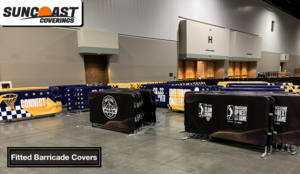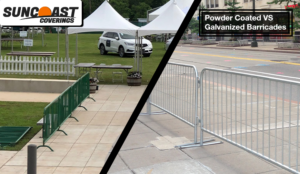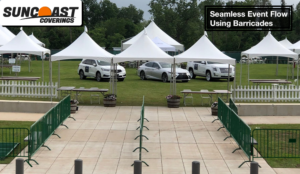- You have no items in your shopping cart
- Subtotal: $0.00
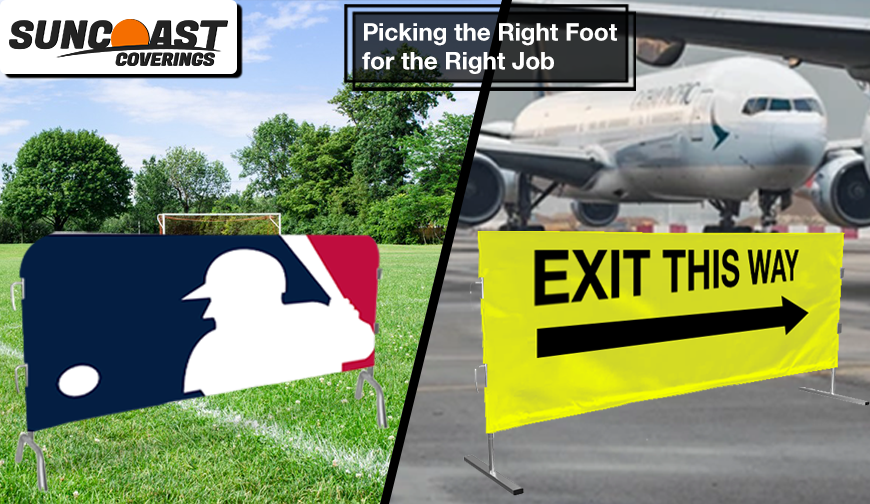
A Guide to Different Barricade Feet and Their Applications
A Guide to Different Barricade Feet
When it comes to crowd control, choosing the right barricade type is only half the battle. Barricade feet, often overlooked, play a crucial role in stability, safety, and usability in various event environments. From rough outdoor terrains to polished indoor spaces, different barricade feet ensure that barriers stay grounded, safe, and easy to use. Here’s a guide to different barricade feet and some of the most common barricade foot types, including flat feet, heavy-duty feet, bridge feet, rolling feet, and ADA-compliant feet, along with recommendations for the scenarios where each type shines.
Flat Feet: Versatile and Minimizes Tripping
Flat feet, as the name suggests, lie flat against the ground and are among the most versatile foot options for barricades. Their slim profile makes them suitable for indoor events with high foot traffic where space is limited, such as airports, outside retail stores, and exhibition halls. Flat feet are especially useful in venues where barricades need to be positioned close to each other or where high foot traffic may result in tripping.
While flat feet are stable on even surfaces, they’re less ideal for outdoor or uneven terrain since they may not provide as much grip or stability as other types of feet. However, for flat, smooth surfaces, flat feet offer a sleek and unobtrusive option. They’re also easy to install and remove, making them convenient for temporary setups and events requiring quick adjustments. The flat feet also come with a floor protector to prevent damage from the barricade being bumped or slid out of place.
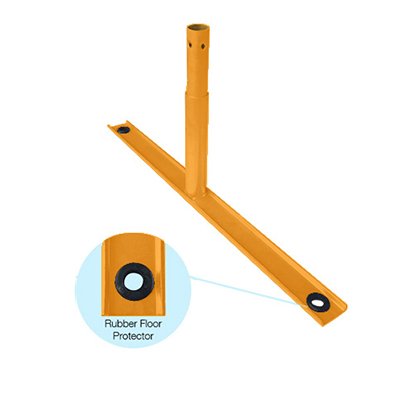
Heavy Duty Feet: Built With Stability In Mind
Heavy-duty feet are engineered to provide the highest level of stability, making them ideal for crowded events or high-impact areas. These feet are typically larger and heavier, with robust steel construction to ensure that barricades remain in place, even with significant crowd pressure or in high-wind environments. Heavy-duty feet are most commonly used at large-scale outdoor events like concerts, festivals, and sports arenas, where the risk of barricades tipping or moving is greater.
Key features of heavy-duty feet include a wider base for increased stability and a box section design for added strength. For event planners, investing in barricades with heavy-duty feet means ensuring that crowd control remains reliable, even in unpredictable or challenging situations. Because of their size and durability, heavy-duty feet can handle everything from minor bumps to crowd surges, providing peace of mind that the barricades won’t easily be shifted out of place.
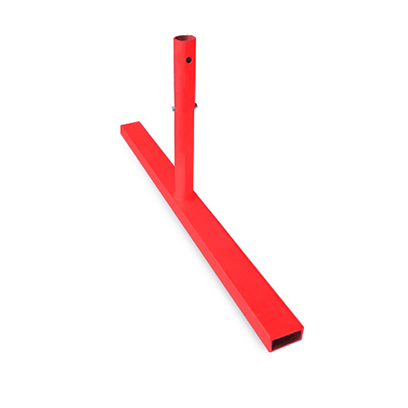
Bridge Feet: Perfect for Uneven Surfaces
Bridge feet are a smart solution for areas with uneven or rough terrain, such as grassy fields, gravel lots, or construction sites. Designed to form a bridge-like shape with two smaller points of contact, bridge feet can rest steadily even when one side is elevated or there’s a slight gap underneath. This design ensures that both sides of the barricade remain level and stable, which is essential for keeping barricades upright on less-than-ideal surfaces.
Bridge feet work exceptionally well in outdoor environments where terrain can be unpredictable, such as at construction zones or large outdoor festivals. They allow for a more stable setup on unlevel surfaces than standard flat feet, which would otherwise wobble. Event organizers looking to ensure stable barricades on rough ground often select bridge feet as their go-to choice.
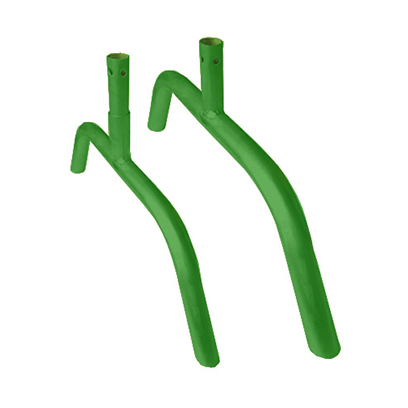
Rolling Feet: Flexible and Easy to Move
Rolling feet add a layer of convenience and flexibility to barricade placement, making it easy to transport and rearrange barricades. Featuring wheels, these feet are best suited for events that may require quick changes in crowd flow or layout adjustments. The barricade is locked securely in place when positioned, ensuring that it doesn’t shift unexpectedly once it’s set up.
Rolling feet are ideal for environments that demand flexibility, such as trade shows, conventions, and any large venue where floorplans or foot traffic patterns need frequent adjustments. For event staff, rolling feet eliminate the need for heavy lifting or dragging, making setup and breakdown faster and more efficient. Since they can be rolled into position, these barricades also reduce potential damage to floors, which is especially important for indoor events held on delicate surfaces.
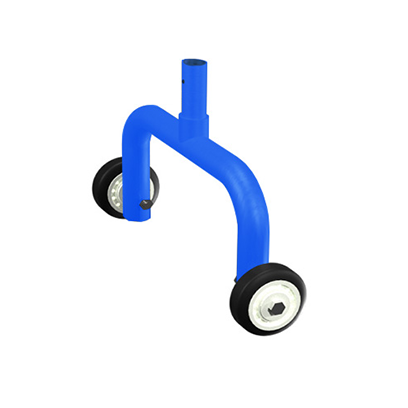
ADA Compliant Feet: Accessibility and Inclusivity
ADA (Americans with Disabilities Act) compliant feet are essential for creating an accessible environment for all attendees, particularly those who use mobility aids like wheelchairs or walkers. These feet are designed to minimize tripping hazards and ensure that barricades don’t impede walkways. With a height less than ¼” and with rounded or tapered edges, ADA-compliant feet provide a smooth transition between the barricade and the ground, reducing the risk of accidents.
ADA-compliant feet are suitable for any setting where accessibility is a priority, such as entrances, exits, and pathways at public events, hospitals, and government buildings. In addition to promoting safety and accessibility, using ADA-compliant feet demonstrates a commitment to inclusivity, ensuring that all visitors can navigate the space comfortably and confidently. Many venues with strict accessibility standards choose these feet to provide secure crowd control while maintaining ADA compliance.
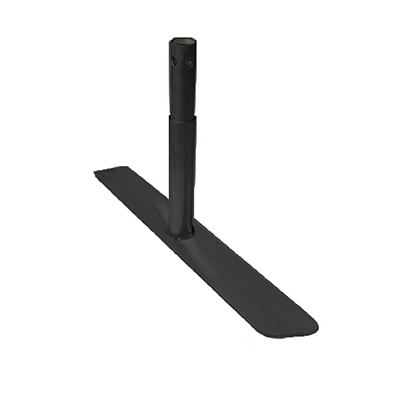
Conclusion
Each foot type serves a unique purpose and adds distinct value to crowd control solutions. By understanding the advantages and applications of each type, event planners can create safer, more efficient setups that cater to the specific demands of any venue or event. When barricades are properly stabilized, they not only protect attendees but also ensure smoother crowd flow and a better overall experience for everyone.


